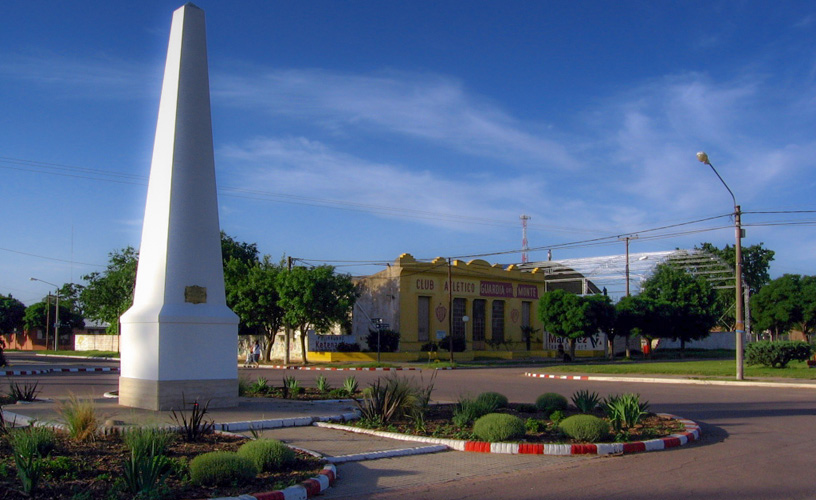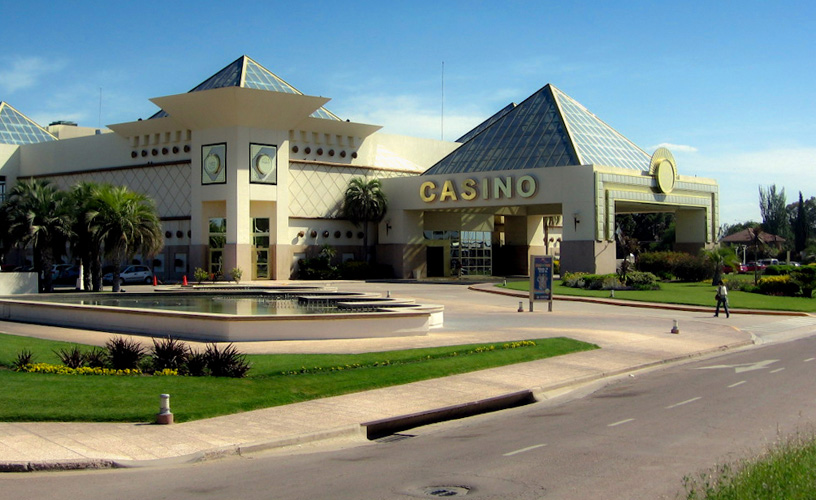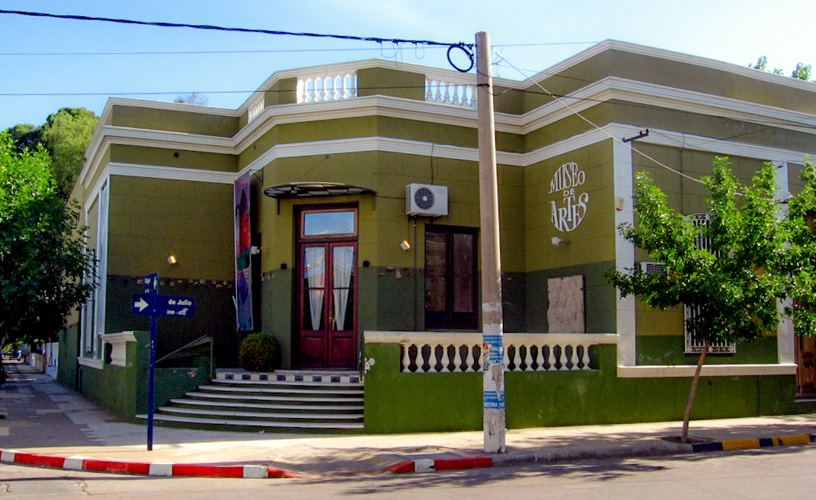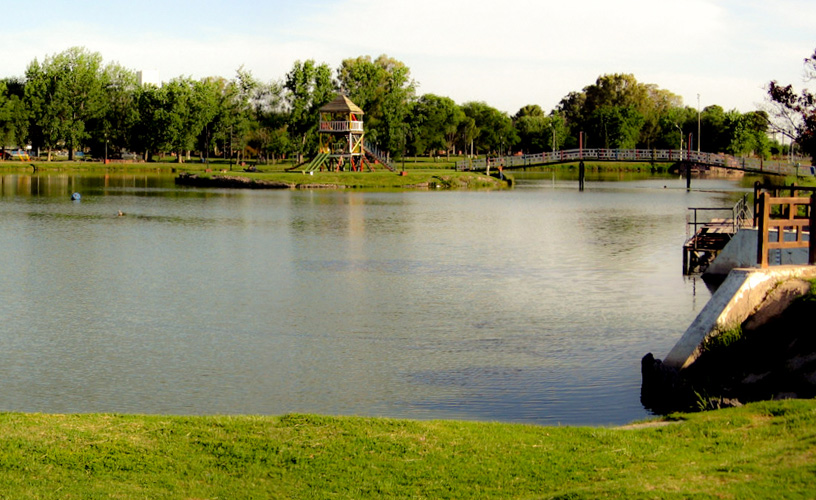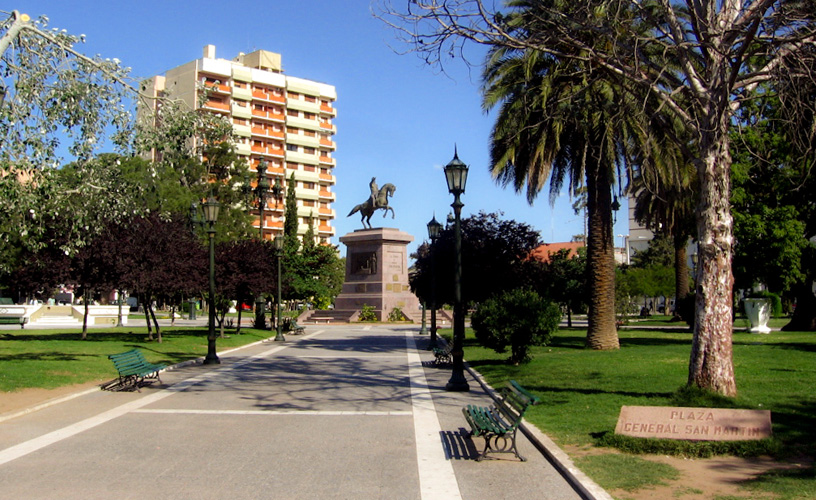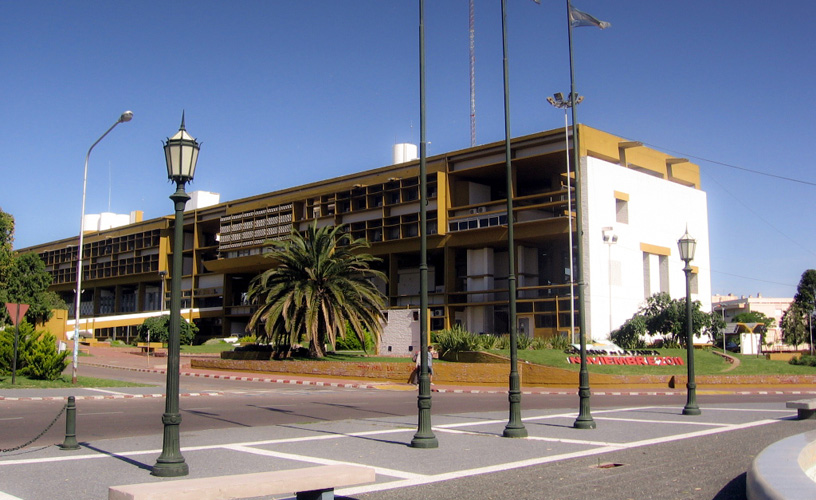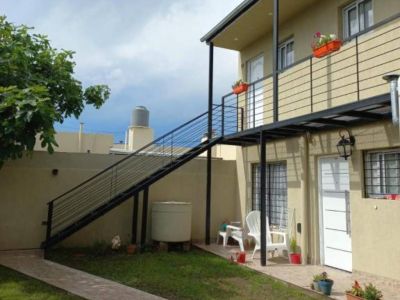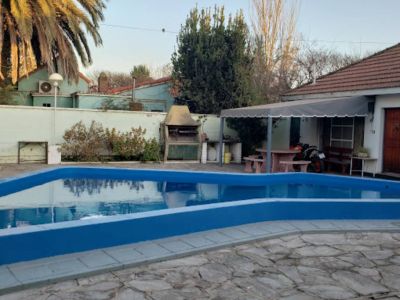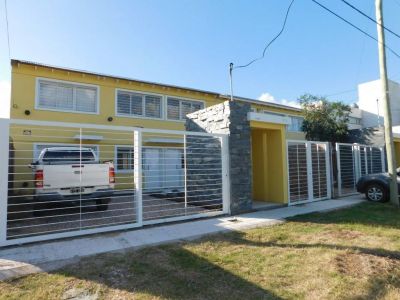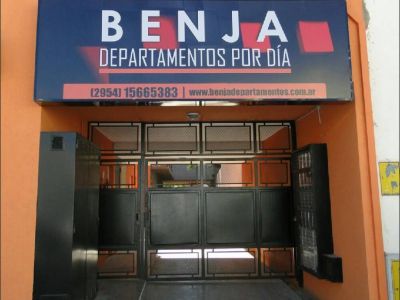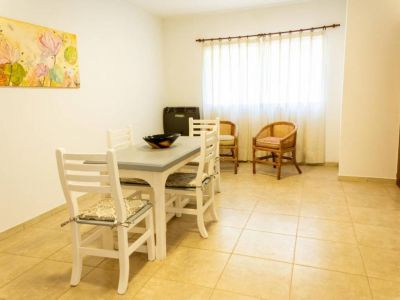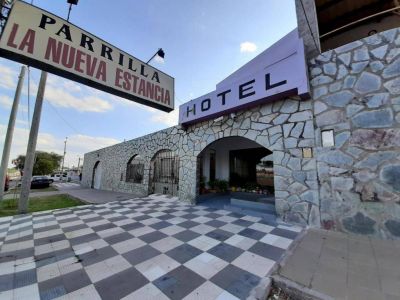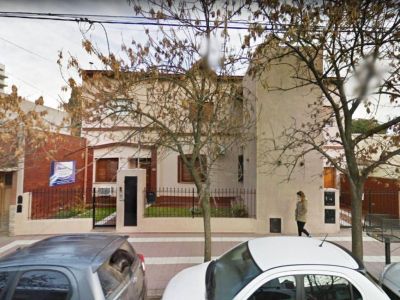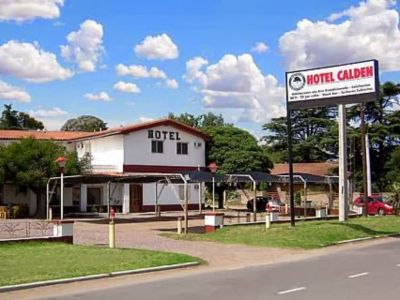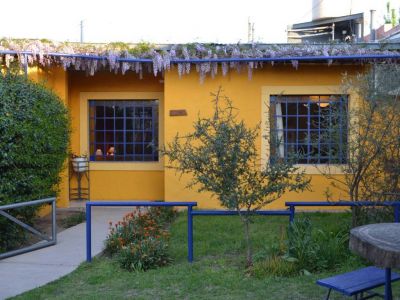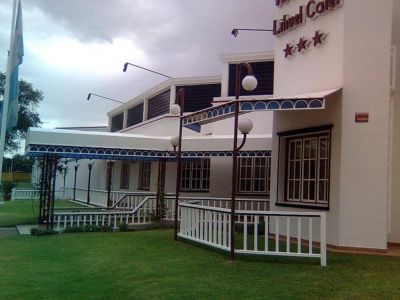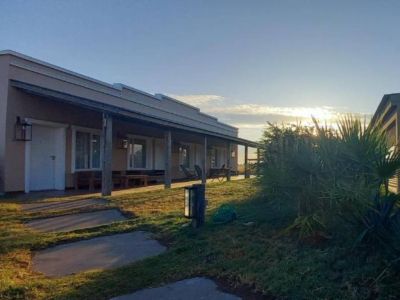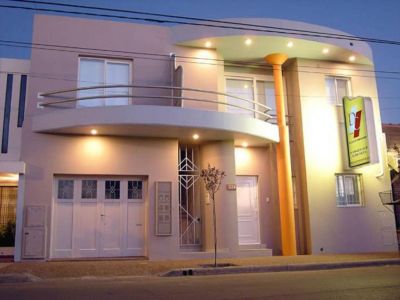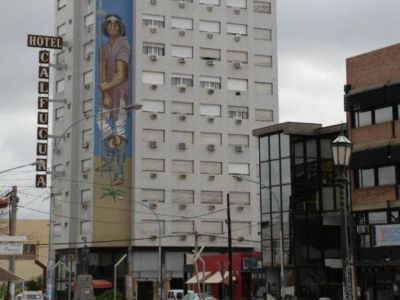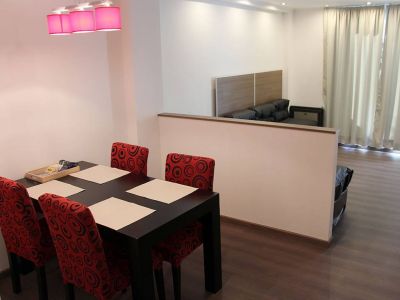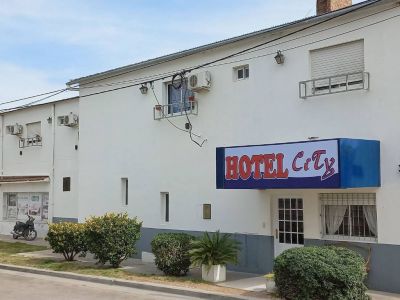Founded in April, 1892 by Tomás Mason on the lands once part of his ranch called “La Malvina”, Santa Rosa is the capital and the main center of the Province of La Pampa with a sophisticated infrastructure and an array of services. This city has significantly grown over the last decades. What attractions shouldn’t you miss? Here, we go… Once we arrived at the city on Route 5, the first thing we found was the city hall at the intersection between the main avenue and Pedro Luro Avenue. This is an area where there is a group of official buildings whose projects were drawn by the well-known Argentinian architect Clorindo Testa and erected between 1963 and 1970. There we visited the Crafts Market, where there is a variety of high quality products made by artisans from the Province of La Pampa with materials such as leather, wood and wool. The utensils made of caldén tree (typical native tree species) wood are the most recommended items for visitors who want to get a souvenir from this city.
A Tour around the City
We followed San Martín Avenue, the main road, and we finally reached the square bearing the same name. This is the shopping and services center, where the cathedral becomes one of the outstanding buildings for its modern design. The façade consists of fourteen hexagons representing the mystical body of the church and twelve figures of the same size symbolizing the first Apostles. A bigger figure than the rest pierced by a cross representing Jesus Christ and another hexagon of a distinctive shape with a crown as a symbol of the Virgin Mary complete the composition.
As we walked towards Quintana and Pellegrini, we found the Provincial Natural Science Museum. It opened its doors on July, 9, 1935 and, later on, it was reopened on May, 25 1957. This venue has two large sections: one is home to natural science with a complete collection of regional fauna with a division for botany and the other one is home to historical archaeology with plenty of material related to indigenous communities and, specifically, the Conquest of the Desert. This museum treasures important material, mainly, the findings of the Casa de Piedra (Stone House) dated from 6670 BC, the cave paintings found in the Lihuel Calel hills as well as the engraving plaques in the Daza and Hucal Valley, which give testimony of the behavior and customs of the ancient settlers of the region.
Leandro Gutiérrez
Leandro Gutiérrez
